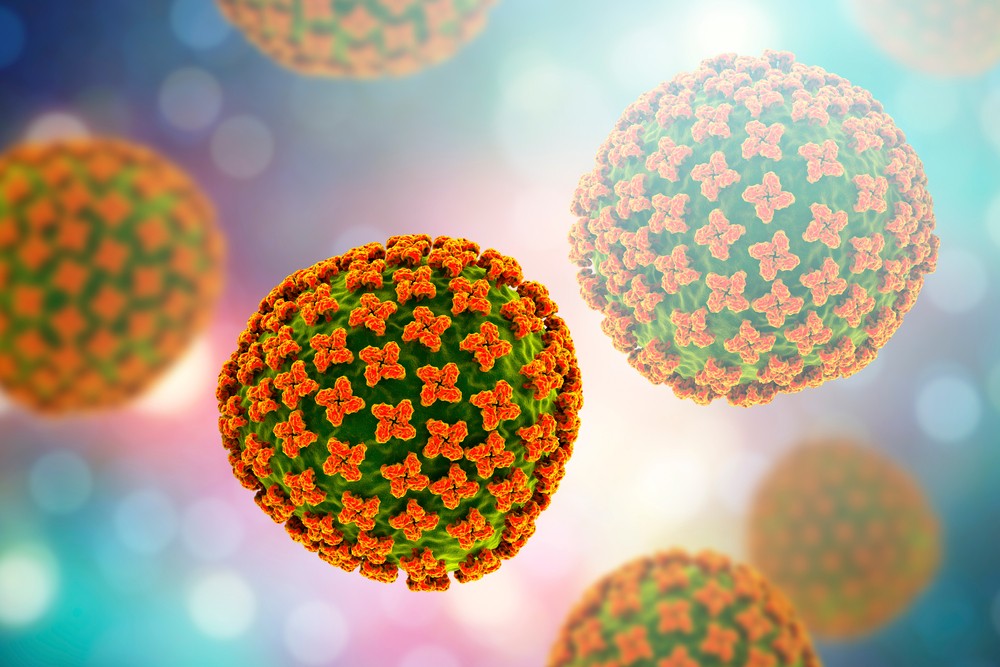According to the China Health Bulletin, released on Dec. 19th, the disease control center in Xi’an City revealed that a few people were infected with epidemic hemorrhagic fever in Xi’an City in the winter. The first infected case was found on Dec.18th.
Additionally, during the coronavirus pandemic, the European Centre for Disease Prevention and Control confirmed that a person from China’s southwestern Yunnan province was known to have died of Hantavirus, a disease spread by rodents, official media here reported on Tuesday. Also, the person from Yunnan province died on his way back to the eastern Shandong province for work on Monday, state-run Global Times tweeted. Hence, it has caused concern about the spread of the Hantavirus in China.
Hantavirus is a virus carried by rodents such as mice. In terms of classification, it belongs to the genus Orthohantavirus of the Bunyaviral family. It is transmitted by being bitten by a rodent carrying the virus in an endemic area, touching excrement, or inhaling dust containing waste. It causes two diseases: renal symptomatic hemorrhagic fever and Hantavirus pulmonary syndrome. The incubation period is estimated to be 1-5 weeks. It causes sudden fever, headache, and chills (1-4 days). After that, dyspnea and oxygen deficiency appear rapidly. The increase in respiratory rate and pulse rate becomes remarkable as well. Others symptoms include shortness in breathing, dizziness, joint pain, back pain, chest pain, abdominal pain, sweating and coughing, and rarely nasal and sore throat. Therefore, I would like to focus on this blog about the effect of fucoidan on the Hantavirus.

According to “In Vitro Anti-Orthohantavirus Activity of the High-and Low-Molecular-Weight Fractions of Fucoidan from the Brown Alga Fucus evanescens” by Natalia V. Krylova et al., Orthohantavirus (genovariant Amur–AMRV) is a zoonotic virus transmitted by rodents. It is a contributing agent of hemorrhagic fever associated with human kidney syndrome. Currently, limited treatment options are available to develop effective anti-hantavirus drugs. Thus, they studied the ability of natural fucoidan from Fucus evanescens (FeF) and its enzymatically prepared high molecular weight (FeHMP) and low molecular weight (FeLMP) fractions to inhibit various stages of AMRV infection in Vero cells. The structure of the resulting derivative was determined using nuclear magnetic resonance (NMR) spectroscopy.
Fucoidan and its products have exhibited important antiviral activity by affecting the early stages of the AMRV life cycle, especially virus attachment and penetration. The FeHMP and FeLMP fractions showed the highest anti-adsorption activity by inhibiting AMRV focus formation, with a selection index (SI)> 110. The SI of FeF was about 70. Molecular docking showed that 2O sulfated fucotetrasaccharide is the main component of the FeLMPfraction. It can bind to the AMRV enveloped glycoprotein Gn / Gc and integrin β 3 to prevent viral-cell interactions. Therefore, it was found that the FeLMP fraction has a relatively higher antiviral activity than the FeF and FeHMP fractions. As a result, fucoidan is expected to be effective as an inhibitor of Hantavirus in the future.

